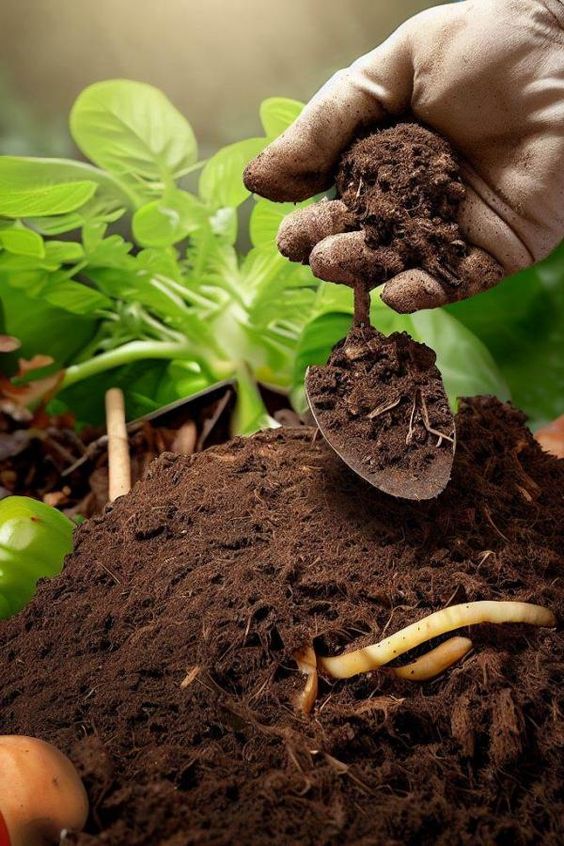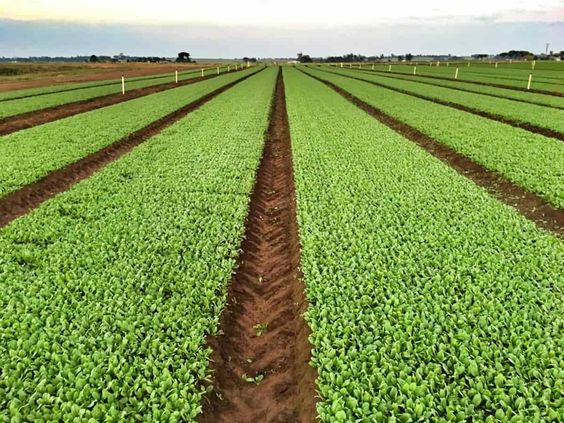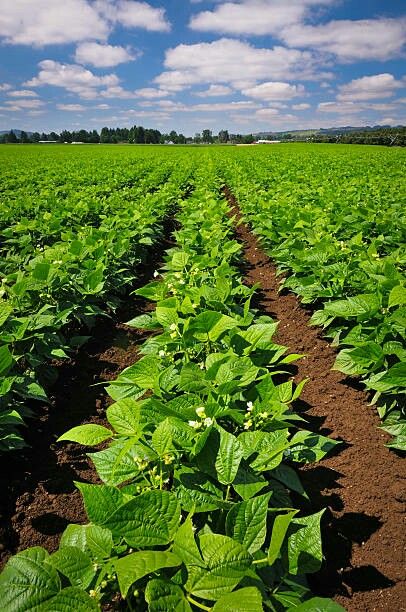Unveiling the Hidden Gem: How Soil Health Sensors Can Revolutionize Smart Agriculture
Soil Health Sensors, The agricultural sector is undergoing a significant transformation, driven by technological advancements and the need for sustainable practices. Smart agriculture, a broad term encompassing the use of technology to optimize farming operations, is rapidly gaining traction amongst farmers worldwide. Within this framework, one innovative tool emerges as a game-changer: soil health sensors.
These unobtrusive devices, embedded directly into the ground, act as the eyes and ears beneath the surface, providing farmers with critical insights into the hidden world of their soil. By analyzing various parameters such as moisture, temperature, nutrient levels, and even microbial activity, soil health sensors empower farmers to make data-driven decisions that improve crop yields, resource efficiency, and overall agricultural sustainability.
Contents
Benefits of Utilizing Soil Health Sensors
By incorporating soil health sensors into their practices, farmers can reap numerous benefits:
- Increased Crop Yields: Data-driven insights from sensors allow farmers to tailor their fertilization and irrigation practices to the specific needs of their crops, leading to improved growth and higher yields.
- Reduced Resource Consumption: By optimizing water and fertilizer use, soil health sensors can significantly reduce resource consumption, minimizing environmental impact and lowering production costs.
- Improved Decision-Making: Real-time data from sensors empowers farmers to make informed decisions based on accurate and reliable information, leading to better farm management practices.
- Enhanced Sustainability: By promoting sustainable soil management practices, soil health sensors contribute to the long-term health and productivity of agricultural land.
- Improved Data-Driven Farming: The data collected by sensors can be analyzed to identify trends, optimize practices over time, and contribute to a growing body of knowledge in precision agriculture.
Moisture Monitoring:
One of the most significant benefits of soil health sensors lies in their ability to monitor soil moisture. This information is invaluable for irrigation management. By understanding the specific water needs of their crops and the current soil moisture levels, farmers can optimize irrigation practices. This not only conserves water, a precious and increasingly scarce resource, but also prevents overwatering, which can lead to problems like nutrient leaching and root rot.
The Power of Soil Health Sensors
Soil health sensors act as the eyes and ears beneath the surface, providing farmers with real-time data on several critical soil parameters. These parameters can include:
- Moisture content: Knowing the soil moisture level allows for efficient irrigation practices, preventing overwatering and ensuring optimal water availability for plants.
- Nutrient levels: Sensors can measure essential nutrients like nitrogen, phosphorus, and potassium, providing insights into potential deficiencies or imbalances.
- Soil temperature: Temperature plays a vital role in nutrient availability and microbial activity. Monitoring soil temperature allows farmers to adapt their practices based on seasonal variations and ensure optimal conditions for plant growth.
- Soil pH: Soil acidity or alkalinity (pH) significantly impacts nutrient availability and plant root development. Sensors can help farmers maintain optimal pH levels through appropriate amendments.
- Organic matter content: Organic matter plays a crucial role in soil health, impacting water retention, nutrient cycling, and soil structure. Monitoring organic matter allows for informed decisions regarding composting and cover cropping practices to improve soil health.
Aiding in Disease Prevention:
Soil health sensors can also play a crucial role in disease prevention. By monitoring soil temperature and microbial activity, farmers can gain early warnings of potential pathogen build-up. This allows them to take preventive measures such as adjusting cultural practices or applying targeted soil treatments, reducing crop losses and protecting their yield potential.
Empowering Sustainable Practices:
Beyond the immediate benefits of optimizing crop production, soil health sensors contribute significantly towards sustainable agricultural practices. By promoting efficient water and nutrient use, these devices help farmers minimize their environmental footprint. Additionally, healthy soil acts as a crucial carbon sink, storing atmospheric carbon dioxide and mitigating climate change. By employing soil health sensors and the insights they provide, farmers can actively contribute to building soil health and combating climate change.
As with any new technology, navigating the options available in the soil health sensor market can be overwhelming. Several factors need to be considered when choosing the right sensor for your specific needs, including:
- Sensor type: Different sensors measure different parameters, so understanding your specific needs is crucial.
- Data accessibility: Choose sensors that offer easy access to data via mobile apps or cloud-based platforms.
- Durability and maintenance: Opt for sensors designed for the harsh agricultural environment and ensure they offer ease of maintenance.
- Cost and scalability: Consider the upfront cost as well as the scalability of the solution to fit your farm size and budget.
In Conclusion:
Soil health sensors represent a significant leap forward in the field of smart agriculture. By providing crucial insights into the hidden world beneath the surface, these innovative tools empower farmers to make data-driven decisions that enhance productivity, improve resource efficiency, and contribute to a more sustainable future for agriculture. As technology continues to evolve, soil health sensors will undoubtedly become an indispensable tool for farmers seeking to unlock the full potential of their land and ensure the long-term viability of their agricultural endeavors.




